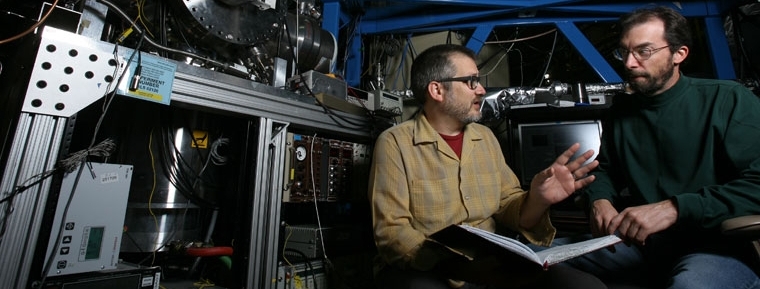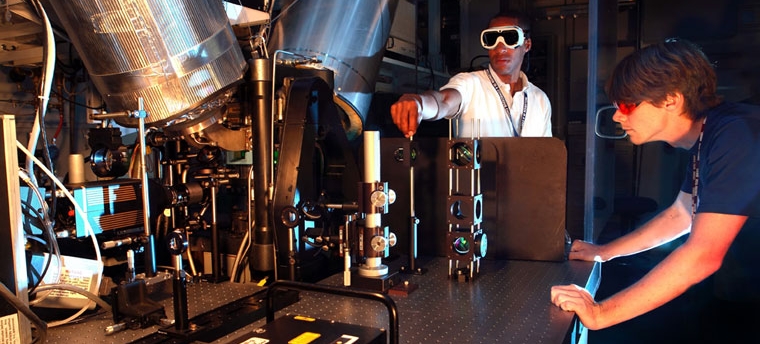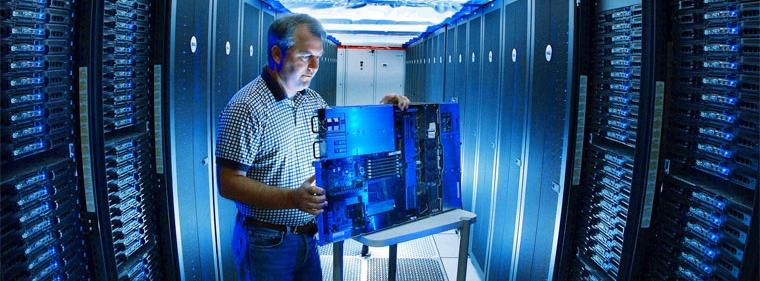
Open engagement

Building on success

Access to DOE-funded capabilities

Targeting the toughest problems
Creating a wide open future
Combustion Research Facility
For decades, the Combustion Research Facility (CRF) has been delving into the complexities of combustion to provide the auto industry the science basis for improving engines—often working side-by-side with industry researchers. According to a top U.S. auto industry executive, every engine made today is cleaner and more efficient due to the CRF’s work.
Center for Infrastructure Research and Innovation
The Center for Infrastructure Research and Innovation (CIRI) is enabling zero emission, hydrogen infrastructure by lowering cost and improving performance of fuel cells, fueling stations and a variety of applications.
Biotech Collaboration Center
Partners at the Biotech Collaboration Center are developing medical and biosecurity solutions, such as tools for rapid diagnosis of disease and the science needed to produce practical biofuels. A project to diagnose the sources of contamination of algal ponds, for example, promises to help overcome a barrier to biofuels production.
And we believe the future is wide open. With partners who complement our expertise, innovation, and vision, LVOC stands poised to create solutions for the challenges we face today—to forge a more secure, prosperous, and stable tomorrow.